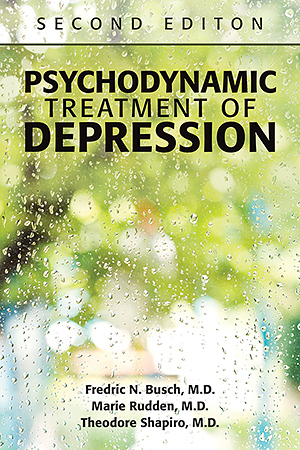Sections
Excerpt
In the initial treatment phase (Table 4–1), a therapeutic alliance is formed and the particular frame for a psychodynamic treatment is established. The patient is introduced to the idea that symptoms have meaning and are triggered by events in the present that evoke unpleasant affective experiences and the fantasies linked with them in the past. In this regard, it can be mentioned, if it seems helpful to the patient, that our emphasis on the past is intended not to blame parents or others but rather to learn how the patient might have understood family relationships from a childhood vantage. The continuing effects of these powerful perceptions about self and others contributing to depression, and usually maintained out of the patient’s awareness, can be modified by bringing them into conscious adult perspective. In addition, patients gain a sense that they are in conflict about certain feelings and fantasies, such as vengeful wishes toward an important attachment figure. These conflicts can trigger guilt and self-criticism that intensify depressive symptoms.
Access content
To read the fulltext, please use one of the options below to sign in or purchase access.- Personal login
- Institutional Login
- Sign in via OpenAthens
- Register for access
-
Please login/register if you wish to pair your device and check access availability.
Not a subscriber?
PsychiatryOnline subscription options offer access to the DSM-5 library, books, journals, CME, and patient resources. This all-in-one virtual library provides psychiatrists and mental health professionals with key resources for diagnosis, treatment, research, and professional development.
Need more help? PsychiatryOnline Customer Service may be reached by emailing [email protected] or by calling 800-368-5777 (in the U.S.) or 703-907-7322 (outside the U.S.).



